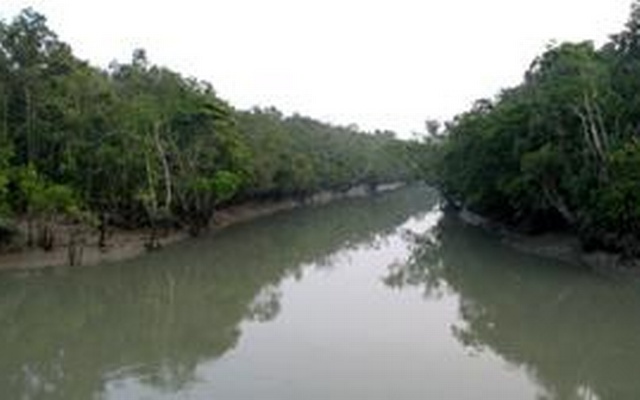Arun Bose
Now that the Government of Bangladesh has cleared the Rampal Power Plant project to be established in the Sundarbans region, the next step would be to ensure how the post-project consequences (forest environment feedback) will be monitored.
The major concern for any coal-based power plant is the elevated emission of greenhouse gases, including carbon dioxide (CO2), sulfur dioxide (SO2), nitrogen oxide (NOx) and methane (CH4). These gases (except CO2) are not only toxic to plants and marine organisms but also cause chronic respiratory diseases in humans. Although recent discussions have revealed that the project will take the best available preventive measures against SO2 and NOx, a continuous monitoring of emissions is required. Monitoring can be executed with either extractive or in-situ systems, where the former often gets priority. In the extractive system, flue gas (the gas produced when the coal is combusted) is extracted with condensation of water vapor and tested separately for various pollutants. SO2 and NOx not being my area of expertise, this article is focused on the importance of monitoring CO2 and CH4 emissions.
The elevated emission of CO2 and CH4 intensifies global warming, smog, and ocean acidification. Moreover, an elevated CO2 concentration in the atmosphere also influences plant growth and nutrient cycling, as plants assimilate carbon from the atmosphere during photosynthesis. Therefore, it is necessary to monitor the post-power plant exchanges of CO2, CH4, water vapor, and energy between the surface of the earth and the atmosphere.
Among several other methods, eddy covariance flux tower system has been the most commonly used method across the world to monitor CO2, CH4, water and energy exchanges between the earth surface and the atmosphere. It provides high-frequency (≈ 30 minute resolution), continuous (24 hours a day, 365 days a year) measurements, which show profound insights into relationships between climatic drivers (temperature, precipitation, CO2 concentration, etc.) and ecosystem functions (plant growth and mortality). The data generates a greater insight on the feedback between the terrestrial ecosystems (forests) and the atmosphere, which allows us to build mathematical models to quantify the changes over time.
Using the data, we can regularly monitor the cycles of CO2, CH4, water vapor and energy. A quantified knowledge of those cycles provide us a greater understanding of how the forest ecosystem (the Sundarbans) is responding to the changes in the atmospheric gas concentrations, and what are the factors influencing that response. The tower should be installed prior to project inauguration, essentially providing us with an opportunity to compare the results between pre- and post-project conditions. Eddy covariance data will also benefit the climate and vegetation research of the region, which is essential in the context of climate change and the vulnerability of the region to climate change.
Source: bdnews24










